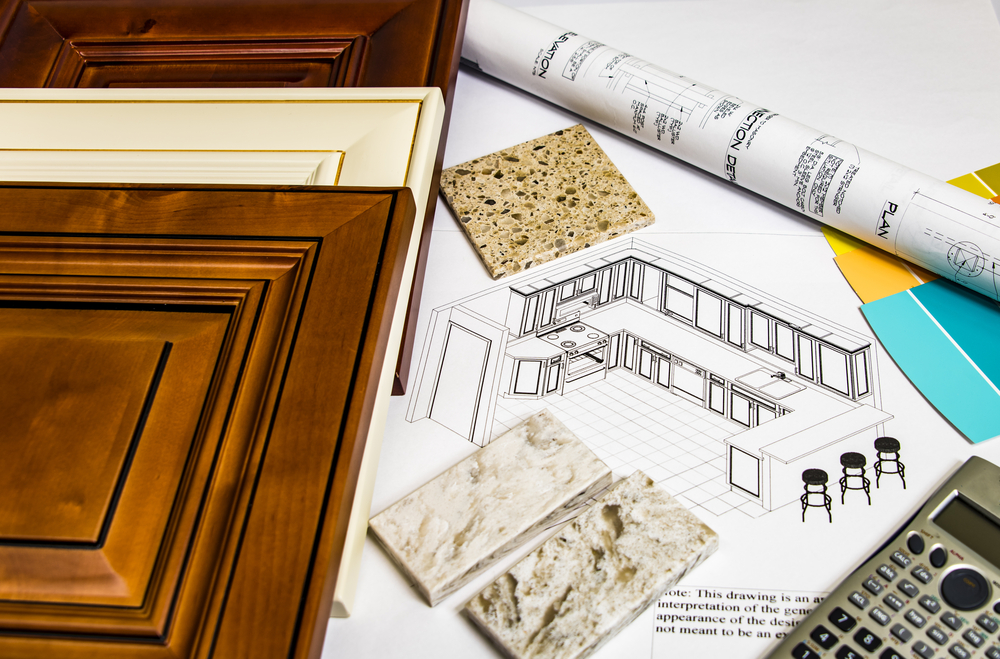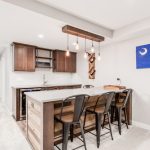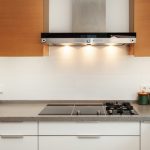
Top Wood Choices for Custom Cabinets: Pros and Cons
When designing custom cabinets for your home, one of the most crucial decisions you’ll face is selecting the right type of wood. The wood you choose not only affects the look and feel of your cabinets but also impacts their durability, maintenance, and overall value. In this guide, we’ll explore the top wood choices for custom cabinets, weighing their pros and cons to help you make an informed decision.
Best Wood for Cabinets: An Overview
Choosing the best wood for cabinets involves considering several factors, including aesthetics, durability, cost, and maintenance. Here are some of the top wood choices for custom cabinets, each with its unique characteristics.
Maple
Pros:
- Durability: Maple is a dense and durable wood, making it ideal for high-traffic areas like kitchens.
- Versatility: It accepts stains and paints well, allowing for a variety of finishes.
- Affordability: Generally more affordable than other hardwoods.
Cons:
- Scratches and Dings: While durable, maple can show scratches and dents more easily than some other woods.
- Color Variations: The natural color of maple can vary, which might not be desirable for some design schemes.
Oak
Pros:
- Strength: Oak is known for its strength and durability, making it a great choice for cabinets that will see heavy use.
- Grain Pattern: It has a distinct, attractive grain pattern that can add character to your cabinets.
- Availability: Oak is widely available, which often makes it more affordable.
Cons:
- Weight: Oak is a heavy wood, which can make cabinet doors and frames more cumbersome.
- Staining: It may not take stain as evenly as some other woods, potentially leading to color inconsistencies.
Cherry
Pros:
- Aesthetic Appeal: Cherry wood has a rich, warm color that deepens and becomes more beautiful over time.
- Workability: It is relatively easy to work with, making it a popular choice for custom cabinetry.
- Durability: Cherry is a durable wood that resists warping and swelling.
Cons:
- Cost: Cherry is generally more expensive than other hardwoods.
- Color Changes: Cherry wood darkens significantly with age and exposure to light, which may not suit all design preferences.
Walnut
Pros:
- Luxurious Appearance: Walnut is prized for its rich, dark color and unique grain patterns, giving cabinets a high-end look.
- Stability: It is a stable wood that resists warping and shrinking.
- Durability: Walnut is strong and durable, making it a long-lasting choice.
Cons:
- Cost: Walnut is one of the more expensive wood options.
- Maintenance: It may require more maintenance to preserve its dark color and prevent fading.
Hickory
Pros:
- Strength and Durability: Hickory is incredibly strong and durable, making it a great option for high-use areas.
- Unique Grain Patterns: The wood features distinctive grain patterns and color variations that add character to your cabinets.
- Resilience: It has good shock resistance, making it less likely to suffer damage from impacts.
Cons:
- Workability: Hickory can be difficult to work with due to its density and hardness.
- Color Variations: Its natural color variations might not be suitable for all design styles.
Cabinet Wood Types: Comparing the Options
When selecting the best wood for cabinets, it’s essential to compare the various options based on your specific needs and preferences. Each wood type offers different benefits and drawbacks, so consider the following aspects:
Aesthetic Preferences
Your choice of wood will significantly impact the look of your cabinets. For a classic, traditional look, oak or cherry might be ideal. If you prefer a more modern or luxurious appearance, walnut or maple could be a better fit.
Durability and Maintenance
Consider the level of wear and tear your cabinets will experience. For high-traffic areas, such as kitchens, you might prioritize durability and choose stronger woods like hickory or maple. Also, think about how much maintenance you are willing to perform. Some woods, like cherry, may require more upkeep to maintain their appearance.
Cost
Budget is a crucial factor in any home improvement project. Oak and maple are generally more affordable compared to cherry and walnut, which are higher-end options. Weighing your budget against the desired quality and aesthetics will help you make a balanced choice.
Custom Cabinets Midland: Why Local Expertise Matters
When designing custom cabinets, working with a local expert in Midland, Michigan, can provide several advantages. Local craftsmen understand the regional climate and can offer valuable insights into the best wood choices for your specific needs.
Local Knowledge
Professionals in Midland have experience with local building codes and preferences, which can ensure that your custom cabinets meet all necessary standards and suit the architectural style of your home.
Access to Quality Materials
A local expert can source high-quality wood from reputable suppliers, ensuring that you receive the best materials for your custom cabinets.
Personalized Service
Custom cabinet makers in Midland can offer personalized service, working closely with you to understand your vision and create cabinets that meet your exact specifications.
Conclusion
Choosing the right wood for custom cabinets involves balancing aesthetics, durability, cost, and maintenance. By understanding the pros and cons of each wood type and considering local expertise, you can make an informed decision that enhances the beauty and functionality of your home. Whether you opt for the timeless appeal of oak, the rich tones of cherry, or the luxurious look of walnut, selecting the best wood for your cabinets will ensure lasting satisfaction and value.
Need a Cabinet Store in Midland, MI?
More...
Categorised in: Custom Cabinets
This post was written by admin




